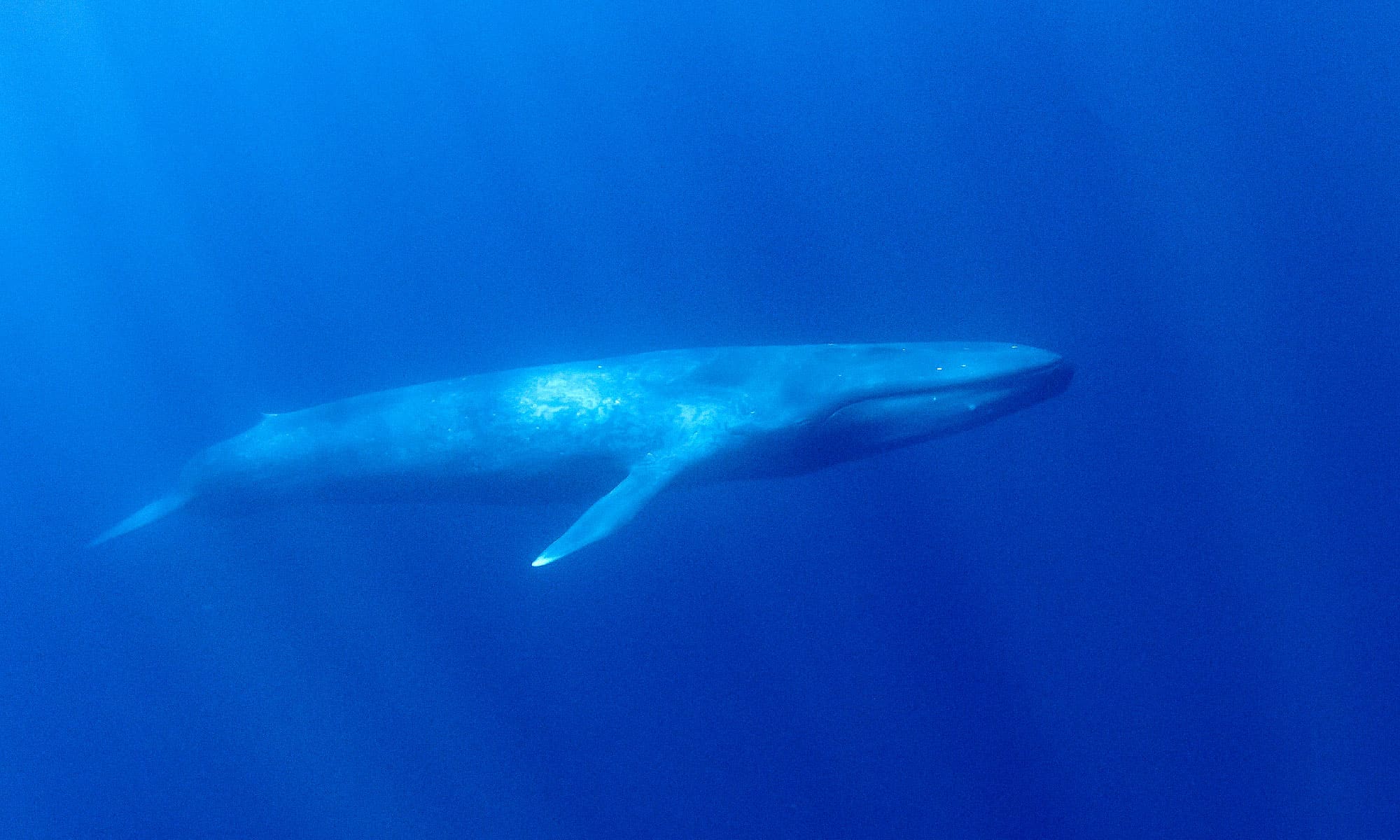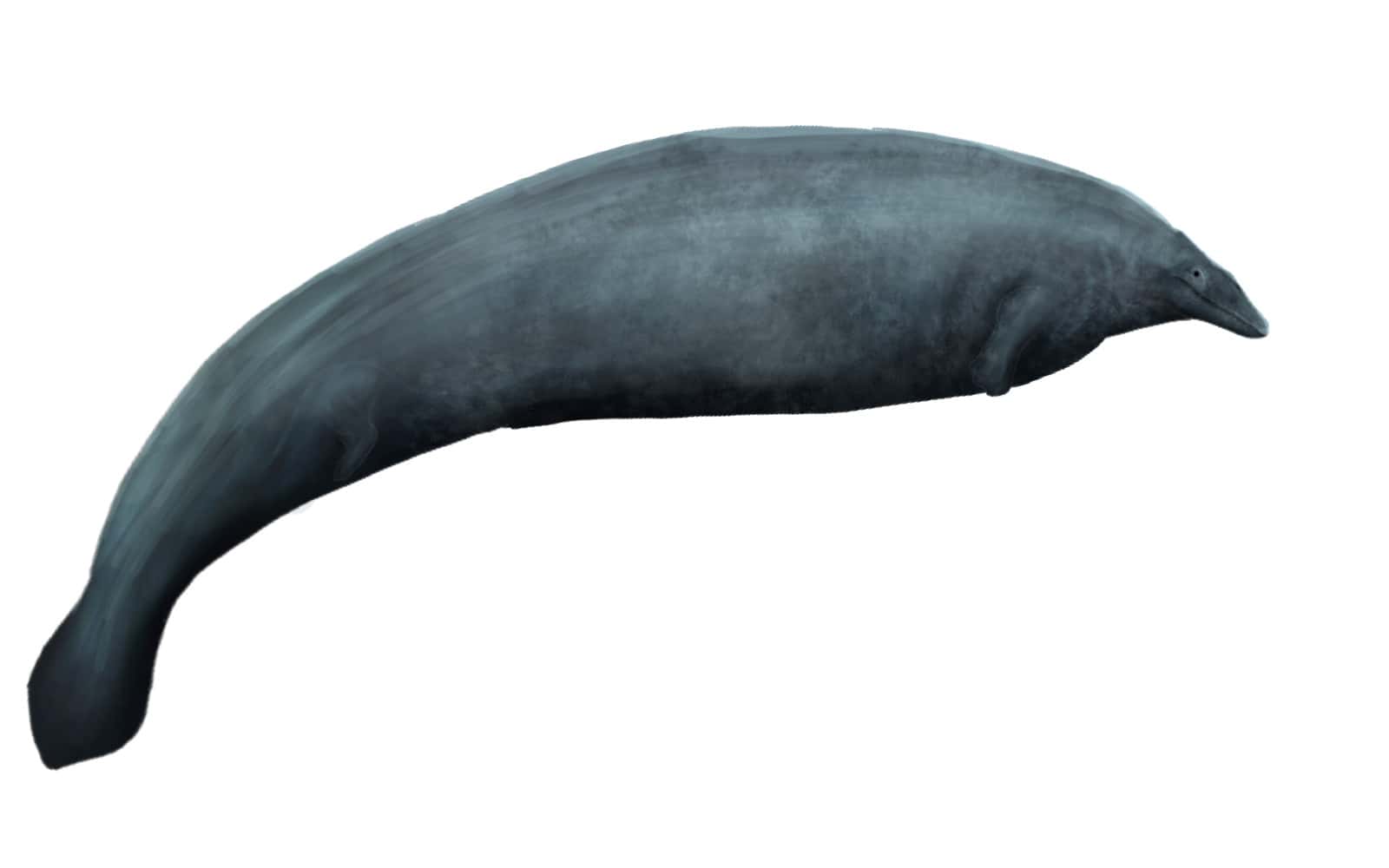For quite some time the modern blue whale has been considered Earth’s heaviest animal. Blue whales beat out even prehistoric creatures such as dinosaurs and woolly mammoths in their massive weight. Now blue whales face a possible contender for that title.
In 2010 a paleontologist named Mario Urbina discovered the first fossil of an ancient whale on the southern coast of Peru, writes Phys.org. As research continued, scientists uncovered a partial skeleton of this creature in the Peruvian desert.
In early August 2023, scientists stated that the ancient whale, called Perucetus colossus, lived nearly 40 million years ago and could be the heaviest animal ever to have lived.
The estimated weight range for this species was between 85 and 340 tons and its estimated length was about 20 meters (65 feet). CBS News reports that each of the extinct creature’s vertebrae weighs more than 220 pounds and its ribs are nearly five feet long.
Appearance of the Possible New Heaviest Animal — P. colossus
Peruvian and European researchers revealed that P. colossus is a new species of basilosaurid. These creatures belong to an extinct family of cetaceans — the same family as dolphins, whales, and porpoises.
Interestingly, the earliest cetaceans did not live in water. Over time they evolved and adapted to an aquatic lifestyle. In fact, basilosaurids may have been the first cetaceans to live entirely in the water.
Cetaceans are known for their high intelligence and complex social behavior, as well as their giganticism in some species. While it’s clear that P. colossus grew to an enormous size, a paleontologist at the State Museum of Natural History Stuttgart in Germany named Eli Amson told AFP that the creature likely had a “ridiculously small” head compared to their bodies.
The new whale is also speculated to have lived in shallow waters, feeding itself by scavaging the ocean floor. Like blue whales, P. colossus likely did not have any teeth.
Perucetus colossus vs. Blue Whale: How Are They Different?
This new enormous whale found in Peru may unseat the blue whale as the heaviest animal ever to have existed. Both creatures are members of the cetacea order, but blue whales are rarely seen in shallow waters or close to the shore.
Blue whales are also capable of reaching speeds of up to 20 miles per hour in short bursts. On the other hand, P. colossus likely could not swim very vast.

Blue whales have long been believed to be the heaviest animals that ever existed.
©iStock.com/richcarey
The average blue whale weighs 200,000 to 300,000 pounds, according to The Marine Mammal Center. The largest blue whale ever is recorded as weighing 190 tons in the Guinness World Records. Researchers believe that the P. colossus discovered in Peru had an average body mass of 180 metric tons.
That alone doesn’t beat the blue whale’s world record. However, this extinct whale likely was not the largest of its kind. Amson believes “there’s a good chance that some of the individuals broke the record.” As of now, Perucetus colossus has not officially broken the blue whale’s heavyweight title, but it certainly could in due time.
Thank you for reading! Have some feedback for us? Contact the AZ Animals editorial team.








